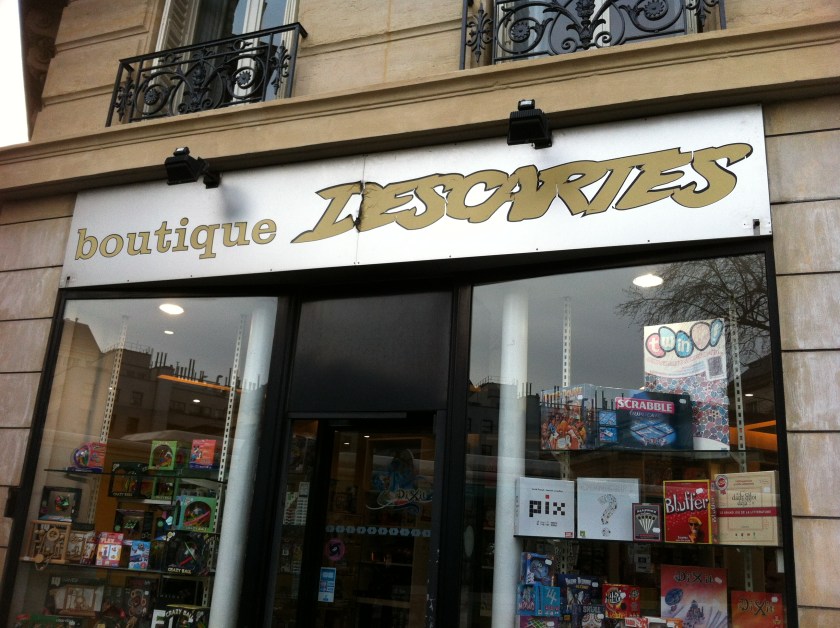The Open Culture blog notes the 25th anniversary of Comic Sans. I’ve long felt that if there were a philosophy of typography, then Comic Sans would be an interesting case.
There are aesthetic objections to Comic Sans, some well-motivated and some driven by hipsterism. Back in the early 2000s, I thought about writing a short paper about it. The typeface was ubiquitous for a while. I remember seeing an advertisement on the side of a bus in Hungary written in Comic Sans letters two feet high. It does OK as a comic lettering font, but all its blemishes and imperfections come to the fore when its used for headlines and billboards.
That’s a matter of taste, though. The point I wanted to make was something else. As it happens, I already blogged about it back in 2015. Here’s what I wrote then:
Comic Sans reflected a kind of alienation. People use a standard font like Times or Helvetica when they want to be serious and official. When they use a handwriting font or something else non-standard, they mean to inject levity and personality into the thing they’re typing up. But Comic Sans, precisely because it’s ubiquitous, is not personal or expressive at all.
I remember searching out exotic true type fonts back in the 90s. This was before the internet, and I’d get font archives on CD-ROM. I browsed them, saved some, and used them selectively as the title fonts for papers. The fonts I chose, even if they were ugly or nigh-illegible, reflected aesthetic judgments I’d made.
The strangeness of Comic Sans is that people would select it when they wanted to be quirky individuals. Since it was a standard font on every Mac and Windows computer, though, it was everyones’ expression of individuality.
I’ve got nothing against handwriting fonts in general. I’ve even made several. Those are my own handwriting, so my using them is literally a reflection of how I write. If somebody else uses Ninjascript, they’re using my handwriting— but it’s still a reflection of them because they picked that font especially. They didn’t just end up with it because it was the most grotesque among the handful of fonts that came with their computer.
Now default installations have gotten more varied. The perverse monopoly of Comic Sans is over. Someone reaching for a quirky handwriting font might end up with Marker Felt instead. So now, 25 years on, someone selecting Comic Sans has made a deliberate and personal choice.



